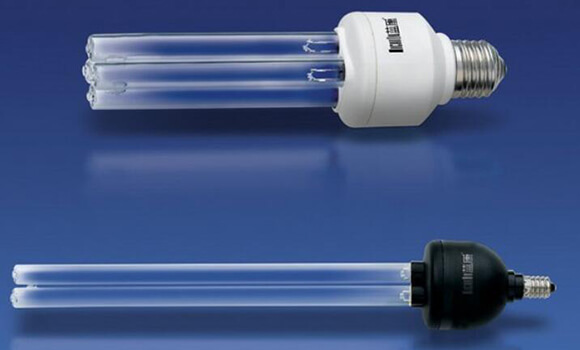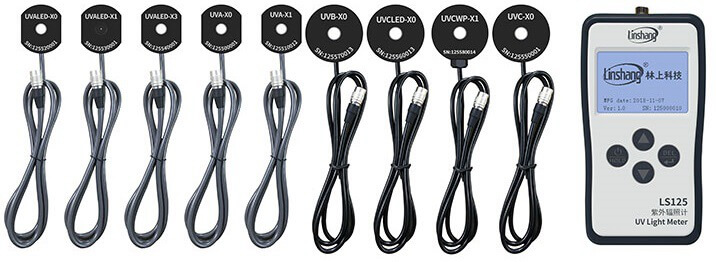UVC light meter Detect Germicidal Lamp Intensity
Due to the different characteristics of different materials of ultraviolet germicidal lamps, the effects of the germicidal lamps made are also different. You can use an UV-C meter to detect the radiation intensity between the lamps.
Fluorescent lamps and energy-saving lamps are made of ordinary glass and 254nm ultraviolet light cannot pass through. They can't be used as germicidal lamps. Quartz glass has a high ultraviolet transmittance of 90%, which is the best material for germicidal lamps, but its performance of glass is very different from that of ordinary glass. Sealing can not be done by the common method of round sealing with a high degree of automation, which makes the technical content of germicidal lamp manufacturing higher than ordinary energy-saving lamps.

There is a kind of UV-transmitting glass, commonly known as high-boron glass. Its UV transmittance is about 60% of quartz glass. Its production process is the same as that of energy-saving lamps, making its cost and price lower than quartz glass. The germicidal lamp is very far away. A few watt lamps only cost a few money, but it is far inferior to quartz germicidal lamps in performance. Performance in the following aspects:
1. Different transmittance, tested by the same UVC light meter in the same specifications, the ultraviolet intensity of quartz glass germicidal lamp is more than 1.5 times that of high boron glass germicidal lamp;
2. The ultraviolet light intensity of the high-boron glass lamp is easily attenuated. After it is turned on for hundreds of hours, the ultraviolet light intensity drops sharply to 50% -70% of the initial value. In the user's hands, although the lamp is still bright, it may not work anymore. The UVC light meter can detect the intensity of ultraviolet radiation.
The degree of quartz glass light attenuation is much smaller than that of high boron lamps. If the production process passes, the light attenuation of quartz lamps will be 80% -70% of the initial light attenuation after lighting for 2000-3000 hours. The magnitude of light attenuation will become smaller and smaller.
Chinese germicidal lamp customers may know Philips' germicidal lamp. Philips has a germicidal lamp that is produced from a glass that is close to ordinary glass instead of quartz glass. And its light transmittance is close to that of quartz glass. Excessive rate is much higher than that of high-boron glass lamps in China. This lamp mainly depends on their technology for refining this glass. Its disadvantage is that it cannot produce ozone.
Another characteristic of quartz germicidal lamp is that it can emit ozone. Quartz glass has a high transmittance of short-wavelength 185nm ultraviolet rays. 185nm ultraviolet rays can ionize the air to produce ozone. The high ozone concentration is harmful to the human body, but it can be used when there is no one. Spreading and disinfecting along a straight line has the disadvantage of dead ends.
In some occasions, there can be no ozone and quartz germicidal lamps can also be used. This kind of quartz glass is added with an element-titanium (Ti) during refining, so that it cuts off through ultraviolet light below 200nm. 254nm ultraviolet light through basically no effect, that is, the so-called ozone-free germicidal lamp.

When measuring the intensity of different wavelengths of ultraviolet, different UVC light meters need to be selected. Linshang LS125 UVC light meter is a good choice. The instrument can be freely matched with nine different probes. It is very convenient to use and easy to operate. Customers can choose the UVC light meter according to the needs of the test.
